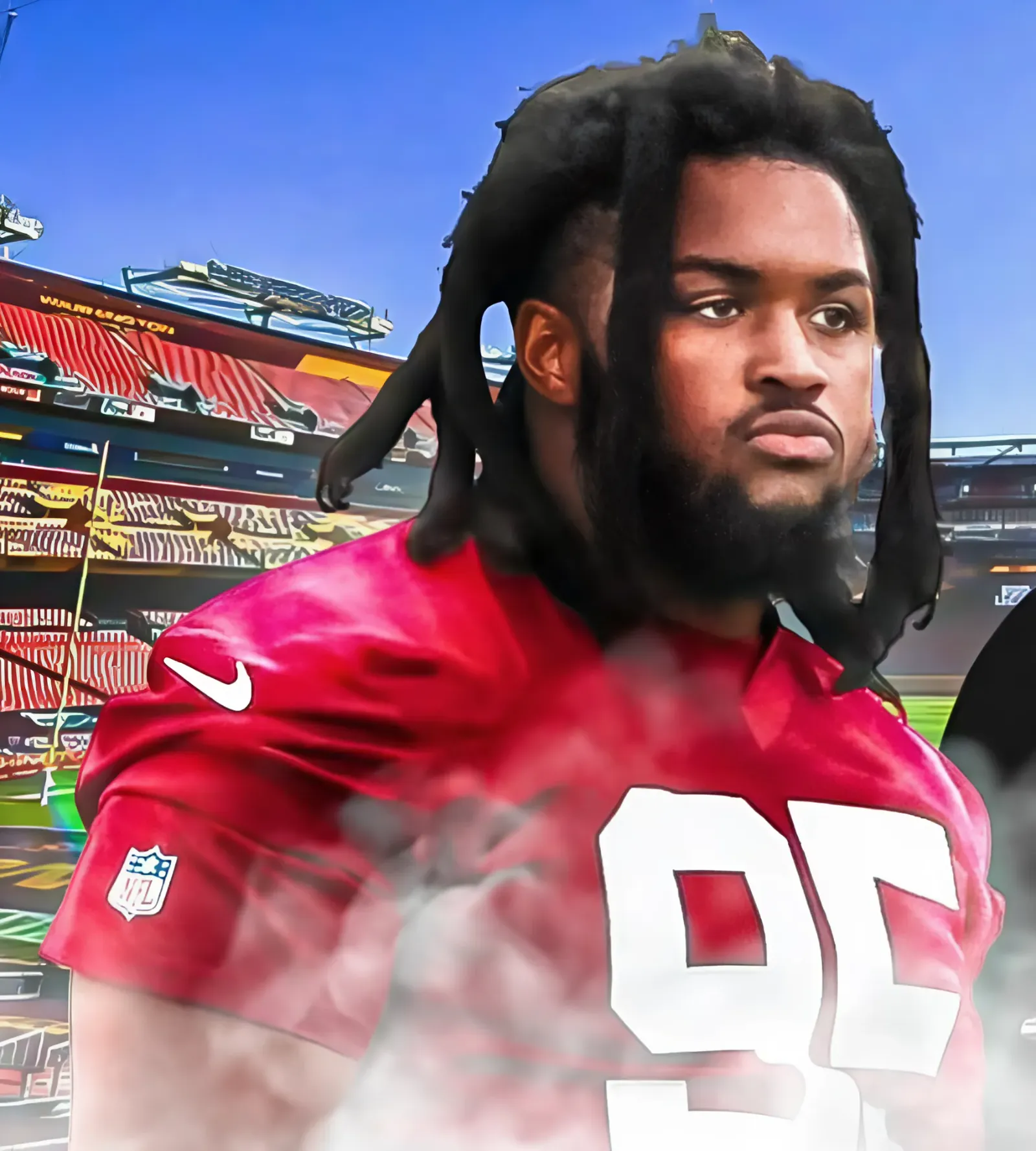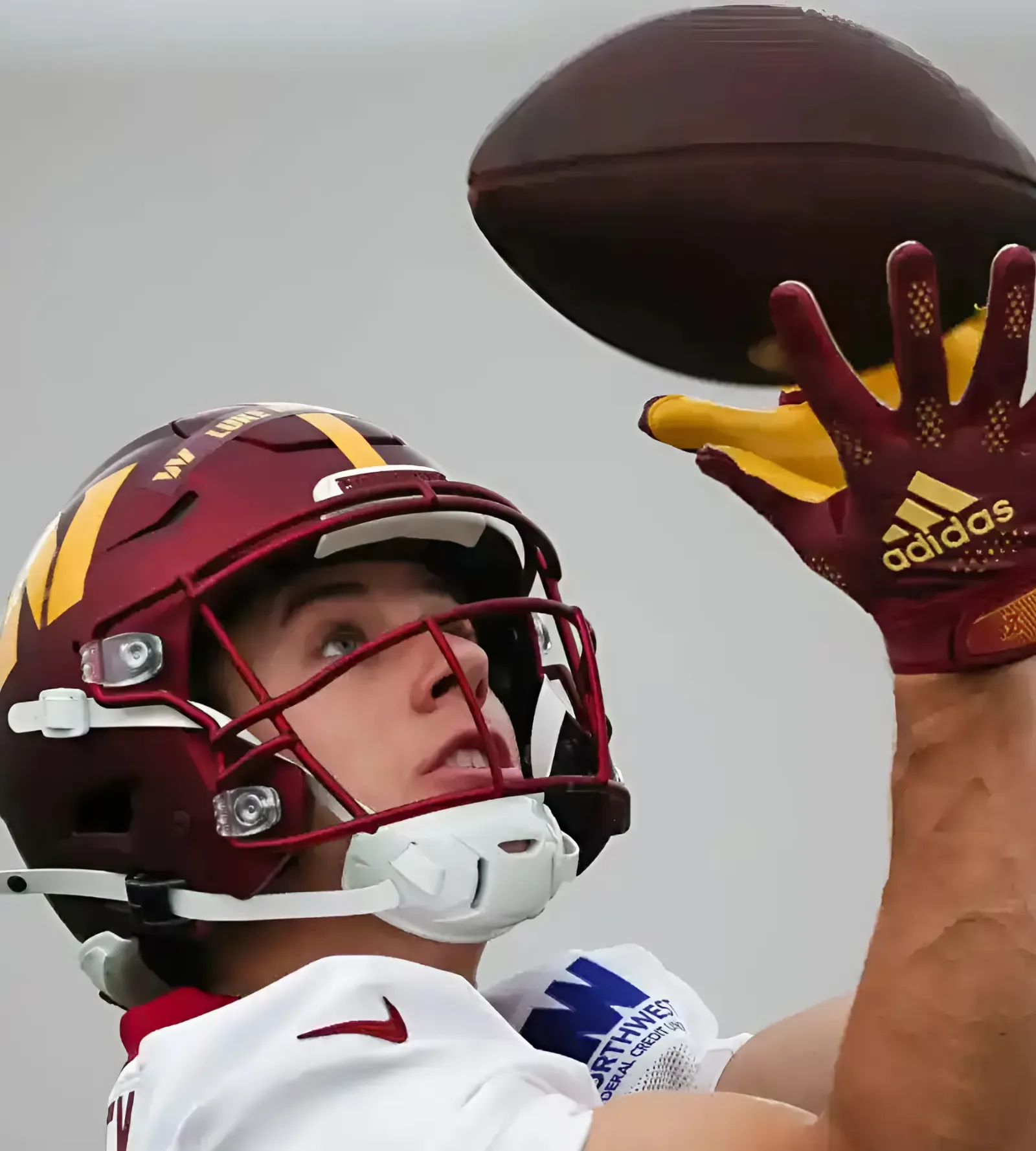
CHICAGO — Leading up to this season’s trade deadline, the Chicago Cubs pursued a deal for Logan O’Hoppe, a young catcher with the Los Angeles Angels. Jed Hoyer’s front office focused on the future without operating as traditional buyers or sellers, most notably acquiring Isaac Paredes from the Tampa Bay Rays to fill the hole at third base. O’Hoppe, who remains under club control through 2028, would have represented another forward-thinking move to address a glaring need. Upgrading at catcher, sources said, remains a priority.
At the same time, the Cubs recognize that Miguel Amaya made significant in-season adjustments and demonstrated his natural leadership skills. He became a markedly better hitter after the All-Star break (.761 OPS) than the one who struggled to balance that with all of his defensive responsibilities in the first half (.554 OPS). Throughout that process, pitchers raved about his diligent work ethic and steady demeanor.
After finishing 10 games back in the National League Central, the Cubs will use part of October to reassess the trade market and evaluate the upcoming class of free agents, formulating plans that could impact Amaya’s future.
“I have zero control over that,” Amaya said, standing at his Wrigley Field locker on the final day of the season. “I’m just locked in on myself and what I have to do next year. Whatever job they have (in mind), I’ll be ready. I’ll be ready for whatever I have to do.”
That mature, positive attitude has long separated Amaya, who had been a top-100 prospect and a two-time selection for the All-Star Futures Game before a series of injuries slowed his development. Coming back from those injuries gave him a better understanding of what it would take to succeed at this level. Perhaps the biggest stats he put up this year were the 116 games and 900-plus innings he logged behind the plate.
“That’s a great number for getting experience,” Cubs manager Craig Counsell said. “I don’t think there’s any other position where that matters as much.”
Much like the 2024 Cubs were an erratic team — nine games under .500 in July, still in wild-card contention by September and irrelevant the last week of the season — Amaya went through some extreme ups and downs.
Amaya, 25, was part of one of the worst catching setups in the game before the Cubs released Yan Gomes in June. The Cubs added veteran catchers Tomás Nido (who got injured and later released) and Christian Bethancourt (who did a good job in a complementary role). The overall lack of production from that group will make catcher a focus this winter.
Catchers are hard to find, which will make trading for a good one difficult. The list of expected free agents includes names such as Carson Kelly and Danny Jansen, players who might offer certain skills and know-how without moving the needle that much. The Cubs are confident that Moises Ballesteros will hit in the majors — he’ll play in the Arizona Fall League after finishing this season with Triple-A Iowa. But he’ll turn 21 next month and he spent most of last season at the A-ball level. Even if there weren’t already questions about his defense, those catching skills take years to refine.
If the Cubs create some kind of a No. 1 and 1A catching timeshare next season, Amaya’s continued progress could help push the Cubs toward the 90-win range that Hoyer and Counsell have referenced as the goal. Amaya showed his offensive potential with a superb two-month stretch in July and August (.324 batting average, .906 OPS) — without sacrificing his defense.
“He was struggling and trying to find his way there, but he never wavered on the catching side,” Cubs pitching coach Tommy Hottovy said. “He never wavered with his prep. He continued to work to get better. I told him: ‘What you’re doing is the hardest job in baseball.’
“There’s no question about it. To be able to manage and navigate all the personalities, from coaches to players, and make sure you’re mentally prepared for everything you want to do — all while trying to improve your hitting, your framing, your throwing — it’s not easy.”
Hottovy described Amaya as “an enormous part of the success of our pitching staff,” which included Shota Imanaga’s All-Star season and a bullpen that was almost completely rebuilt between Opening Day and Game 162. Jameson Taillon, Justin Steele and Javier Assad each made at least 24 starts and finished with ERAs that began with a 3. Kyle Hendricks eventually leaned on Amaya to call pitches and help him get out of the worst rut in his career.
“No matter your age, all of us pitchers kind of look to the catcher to guide us through outings,” Taillon said. “I’ve just seen him slowly become more involved in meetings (and more talkative) in between innings. It’s reading swings and making comments about why he wanted to call certain pitches, and also knowing when to come out and challenge you during a mound visit.
“He’s not intimidated to go up to any of us and say: ‘Hey, let’s go right here. Come on, this is a big spot in the game.’ Earlier last year, he was just maybe a little shy doing that as a young guy. He’s still a young guy, but now he’s stepped into that role.”



